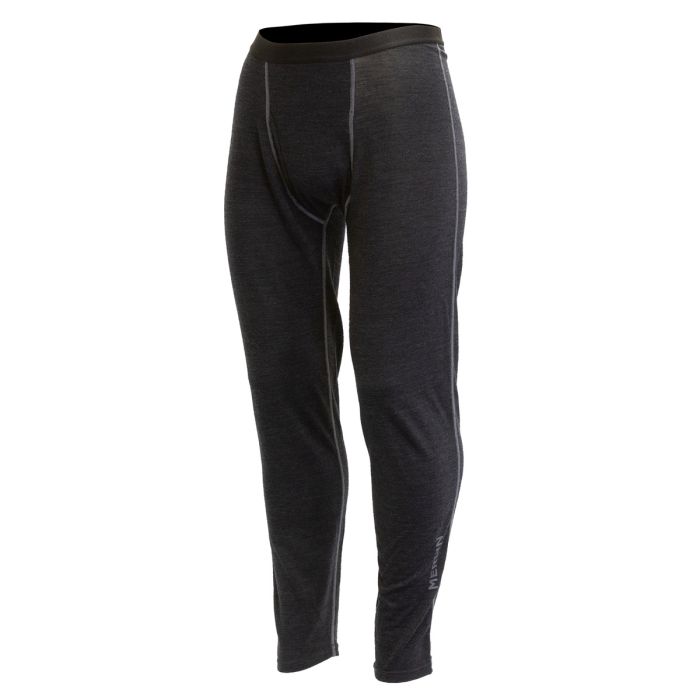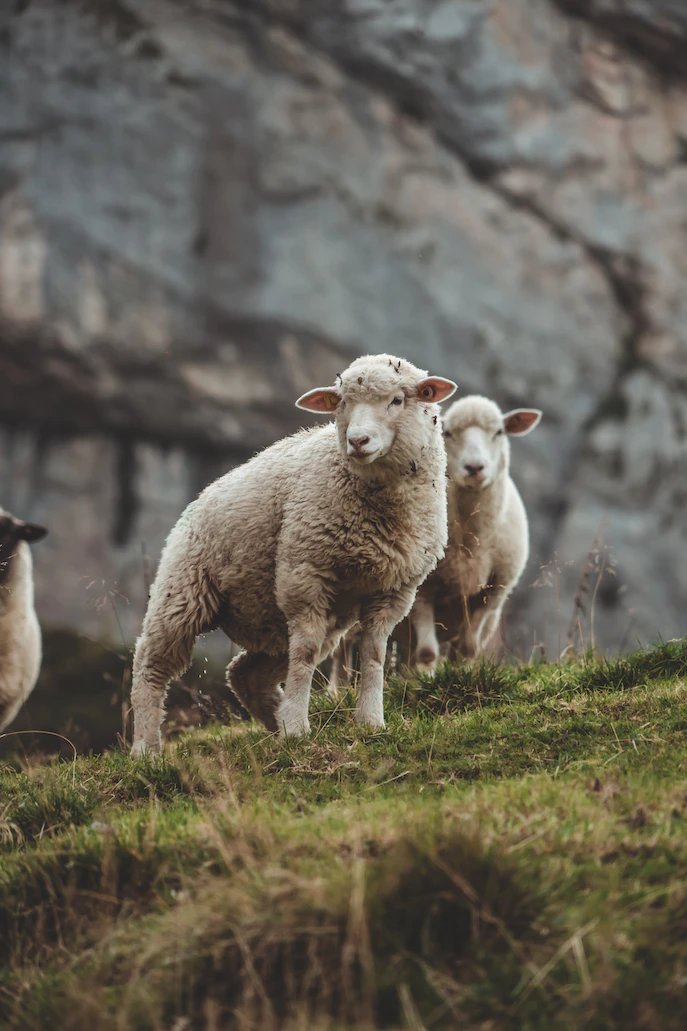Updated Bamboo Clothing Blog
Wiki Article
What Makes Yak Merino A Great Base Layer To Wear For Winter Sportswear?
The natural fibers and the environmental sustainability of Yak Merino Wool Base Layers make them an excellent option for winter sports clothes.
Both yak wool and merino fleece are made from natural fibers derived from animals. They are both renewable resources that can be harvested sustainably without harming the animals. They are biodegradable fibers which means they can be degraded naturally without harming the environment.
Low Environmental Impact
Natural fibers' production generally has a lower environmental impact compared to synthetic materials. The cultivation and harvesting of wool require less chemical processes and are more reliant on non-renewable resources compared to synthetic fibers.
Efficiency of Energy EfficiencyEnergy Efficiency
The process of processing wool fibers uses less energy than the synthetic fibers produced like nylon or polyester. Natural wool manufacturing is energy efficient, resulting in less carbon emissions.
Reducing Microplastic Pollution
Wool fibers contribute less to microplastic contamination of the water as compared to synthetic fibers. Synthetic fibers eliminate microplastics as they wash.
Longevity and Recyclability-
Yak-merino clothing is durable and can last for a long period of duration. The fibers of wool can be reused and repurposed. This helps reduce waste as well as the impact on the environment.
Sustainable Practices
Some wool manufacturers and producers employ sustainable and ethical practices. They are careful to ensure the health and welfare of their animals, good land management and fair work conditions for their workers.
Environmental Certification-
Certifications like the Responsible Wool Standard (RWS) or the Global Organic Textile Standard (GOTS) verify environmentally and ethically responsible practices in wool production giving consumers confidence regarding sustainability.
In general, yak merino base layers are in line with environmental sustainability by being derived from natural, renewable sources with minimal environmental impact during production and, often, incorporating ethical and sustainable practices throughout the supply chain. By choosing natural fibers such as yak merino for winter sports clothing and accessories, you're promoting environmentally responsible and sustainable consumption practices. Follow the top rated merino wool base layer examples for blog info including merino ninja suit, smartwool 250 women's, best merino wool base layer women's, best ski underlayers, wool long underwear mens, merino wool base layer hunting, ice breaker thermals, merino wool base layer clearance, sweaty betty base layers, merino wool thermals women's and more.

What Are The Advantages From Bamboo Clothes?
Bamboo clothing comes with many benefits such as the softness, antibacterial properties, and the durability.
The luxurious feel of bamboo fabric is well-known for its soft and silky texture. It is often compared to luxurious materials like cashmere or silk. It feels soft and smooth against your skin. This makes it a comfortable and relaxing fabric to wear.
Antibacterial Properties
Bamboo has natural antimicrobial characteristics. Bamboo contains an antimicrobial substance known as "bamboo Kun." This property assists in preventing the growth odor-causing bacteria or fungi, as well as mold on the bamboo.
Durability-
Strength - Despite bamboo's softness it's a sturdy material that's durable. Clothing made of bamboo is impervious to tearing and wear. This makes bamboo the ideal material for various activities.
Renewability-
Rapid Growth Bamboo is a renewable resource and grows rapidly, without needing pesticides. It will mature within several years, making it readily accessible for sustainable harvesting and reduces the environmental impact of cultivation.
Sustainability-
Sustainable Producing- Bamboo cultivation and processing typically have less environmental impact than the production of synthetic materials. Bamboo's rapid growth, minimal need for water and its ability to grow in diverse climates contribute to its sustainability.
Biodegradability-
Natural Decomposition- Bamboo clothing can naturally decompose after the time it has been worn. This can reduce the amount of non-biodegradable materials in landfills.
Hypoallergenic Qualities
Less Irritation Bamboo isn't as prone to cause skin irritation or allergic reactions compared to synthetic materials, which makes it an ideal option for those with sensitive skin.
Bamboo clothing provides a blend of softness and antibacterial properties with durability, renewability and sustainability. This makes it an attractive choice for people who prefer to wear comfortable, functional and eco-friendly clothes. These qualities create a pleasant and sustainable experience. Take a look at the top rated bamboo clothings recommendations for site advice including freefly hoodie, bamboo sun shirt, bamboo apparel, bamboo apparel wholesale, bamboo terry fabric, bamboo clothing underwear, bamboo jacket, womens bamboo t shirts, bamboo cotton pajamas, bamboo baby pajamas and more.

What Are The Distinctions Between Merino, Bamboo And Wool Clothes In Terms Of Texture, Warmth And Moisture Absorption?
In comparing wool traditional bamboo, merino and traditional wool with regard to water-absorption and warmth, texture is important.
Merino Wool Merino Wool Merino Wool is known for being soft and having fine fibers. It has a smoother and less scratchy texture as compared to other varieties of wool. It is regarded as more comfortable.
Bamboo Clothing Bamboo fabric has a silky, smooth texture, which is frequently contrasted with luxury materials like cashmere or silk. Its soft and delicate texture makes it very comfortable.
Traditional Wool - The texture may vary. Certain types of wool can feel rougher or cause itching or irritation compared with bamboo and merino clothing.
Warmth-
Merino- Merino provides exceptional warmth thanks to its insulation properties. Even when damp, it retains warmth and offers excellent insulation in cold winter conditions.
Bamboo ClothingBamboo clothing provides warmth, however it isn't able to provide the same amount of insulation as merino wool. It regulates body's temperature and offers comfort under various conditions.
Traditional Wool - Much like merino, traditional wool feels warm and insulating. It is more bulky and heavier than bamboo or merino clothing.
Moisture Absorption-
Merino Wool Merino Wool is a natural fiber with outstanding moisture-wicking abilities. It draws moisture from the skin, and then allows it to evaporate. It remains warm even when it is damp.
Bamboo Clothing: Bamboo fabric has moisture-wicking properties which allow it to remove moisture from your skin and provide comfort when you are exercising. It regulates humidity well and keeps the wearer drier.
Traditional Wool: Although wool absorbs moisture but it doesn't have the same wicking ability like bamboo and merino fabrics. Some types of sheep's wool can feel heavy and damp after being wet.
Summary The Merino Wool fabric is renowned for its warmth, softness and has excellent water-wicking properties. Bamboo clothing provides a silky and smooth texture, sufficient warmth, and good moisture control. Traditional wool may vary in texture and may give warmth and absorption of moisture however it may feel heavier or coarser compared to bamboo or merino clothing. Each material offers unique features that are crafted to suit different needs and tastes. Follow the recommended merino winter clothing recommendations for blog recommendations including smartwool long underwear, merino base layer womens, omniwool base layer, wool thermals mens, smartwool base layer mens, merino wool ski base layer, smartwool 250 base layer, smartwool long underwear, best merino base layer, smartwool merino 250 and more.
